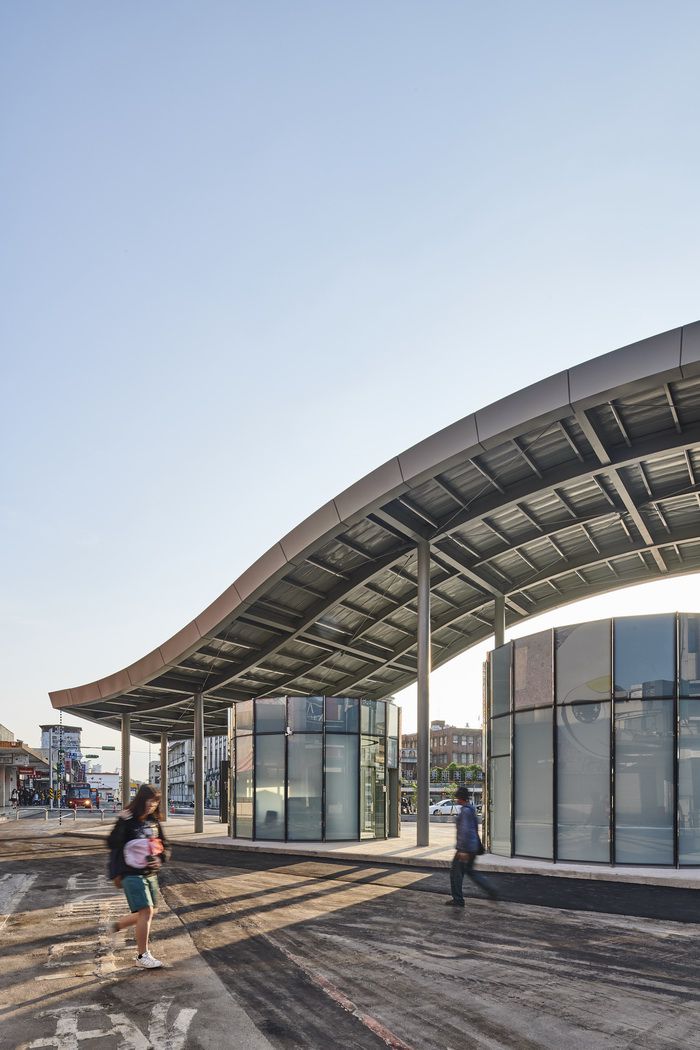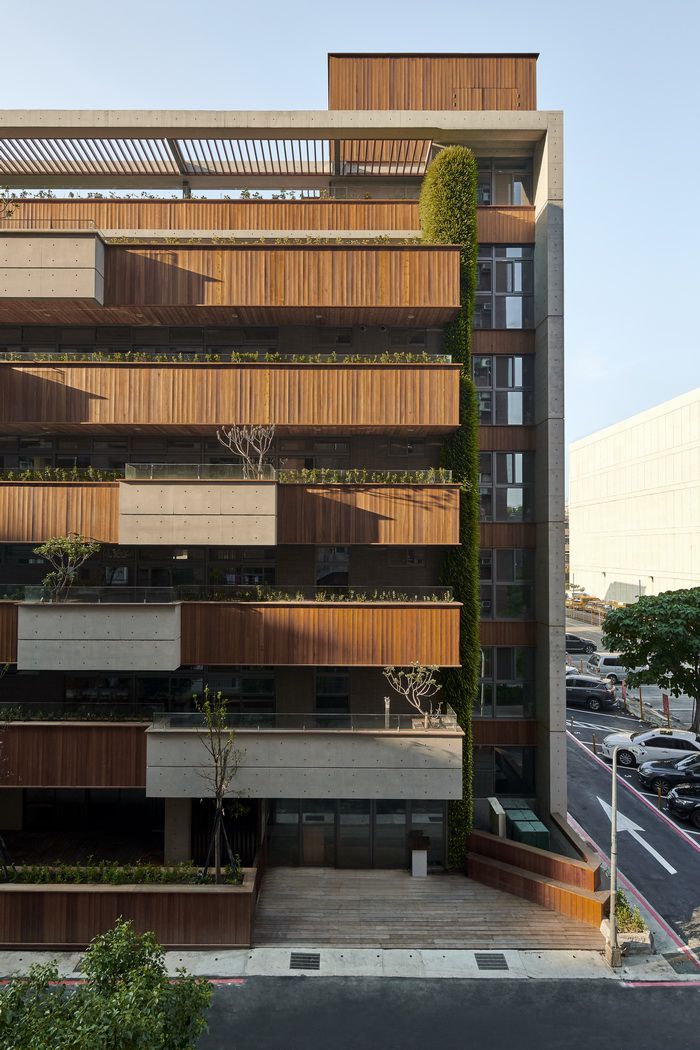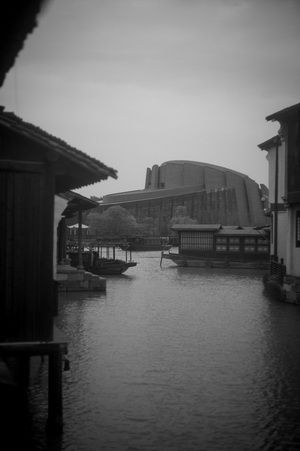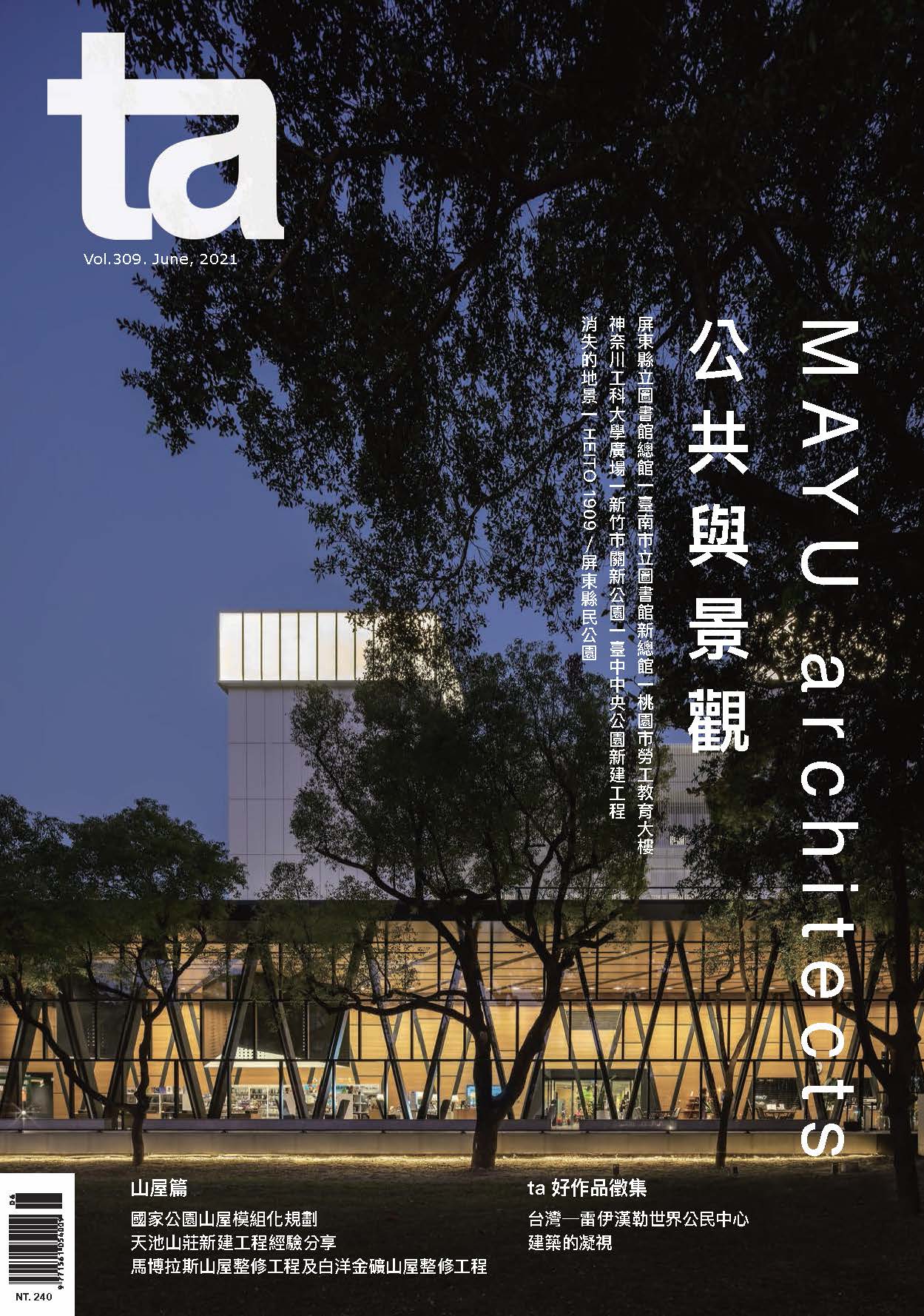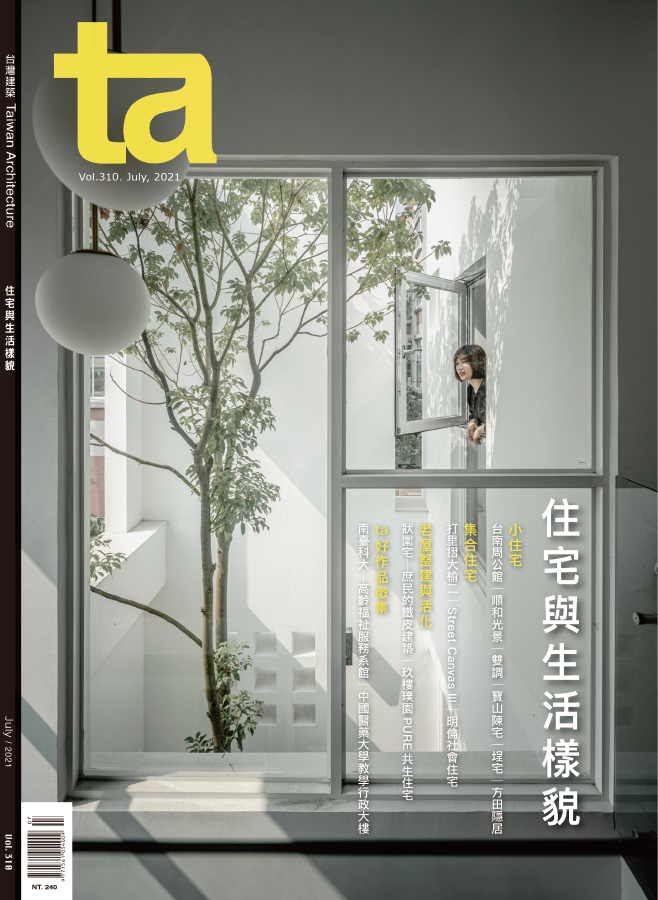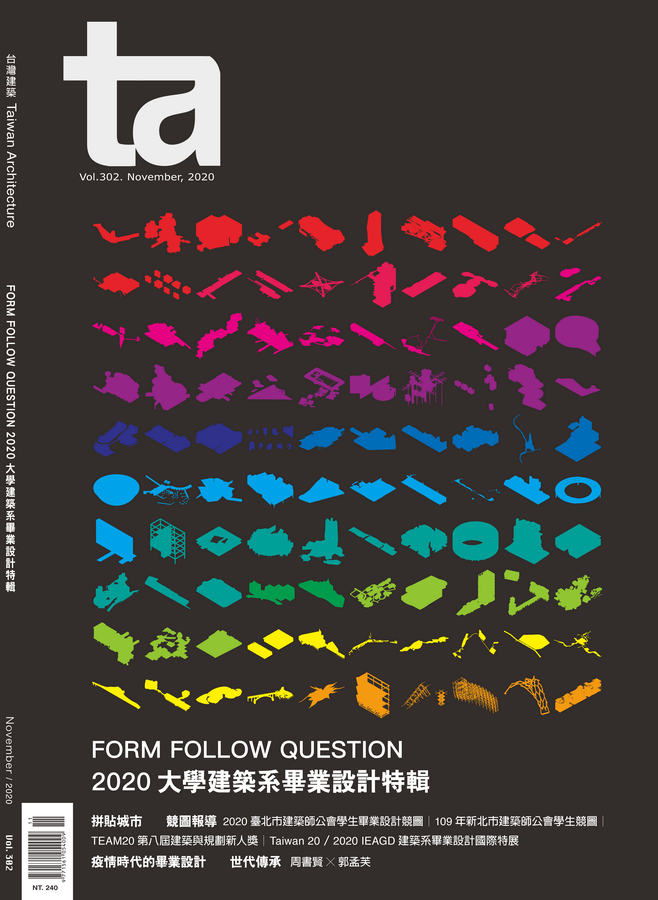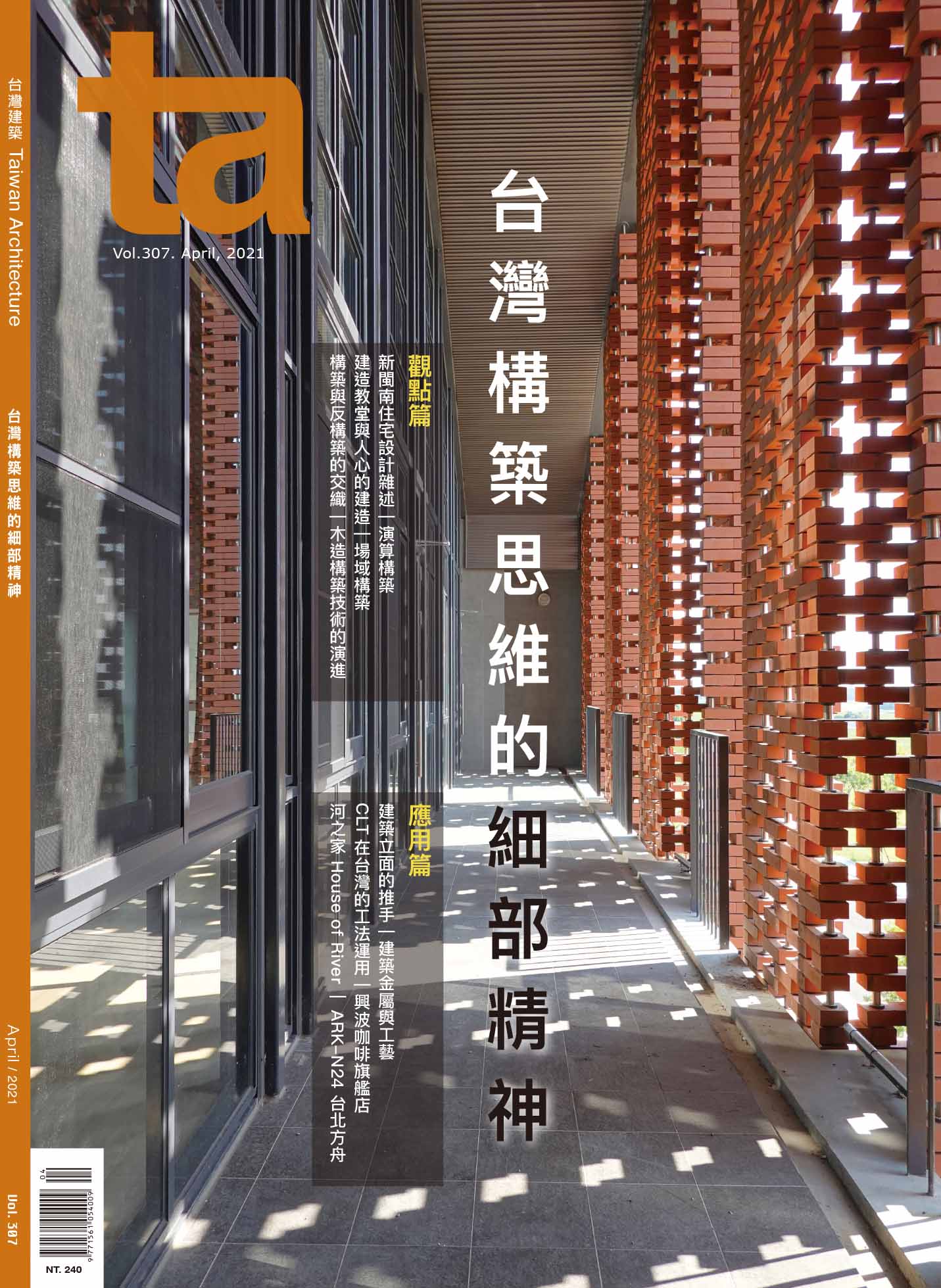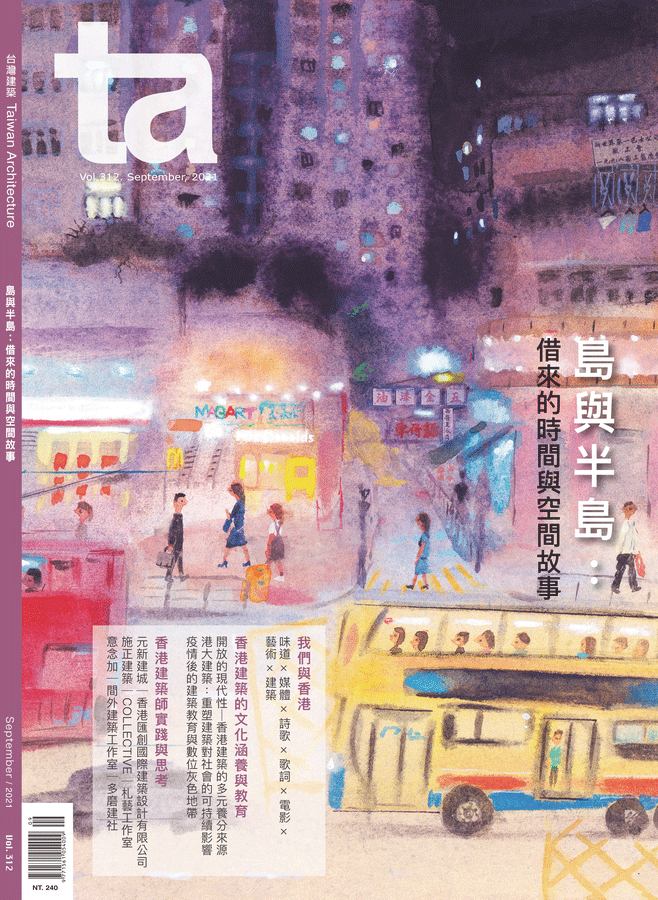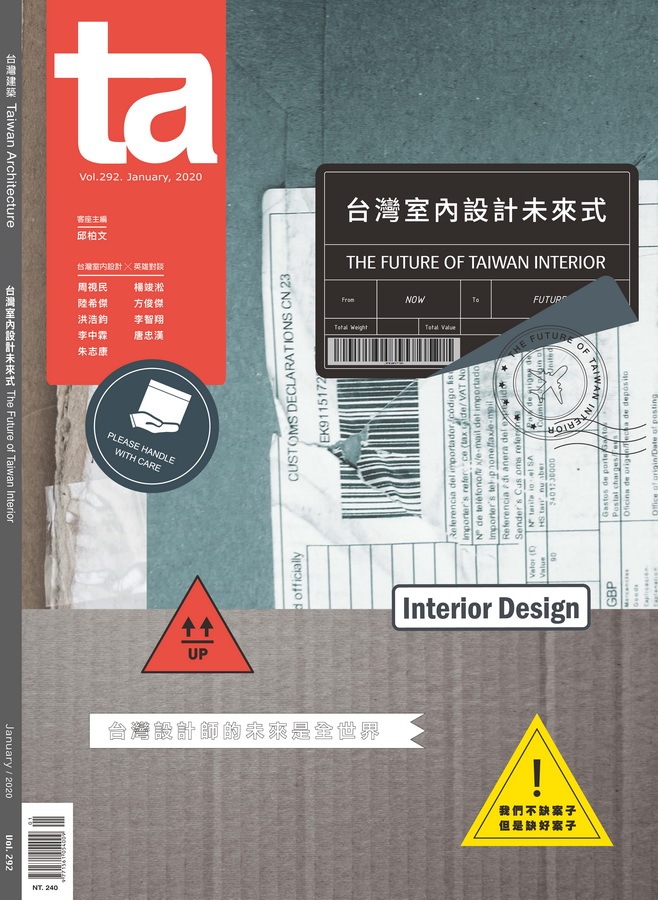蒙古包創新中心Ger Innovation Hub
共好×設計 Design for the Common Good 台灣建築雜誌2022年6月 Vol.321
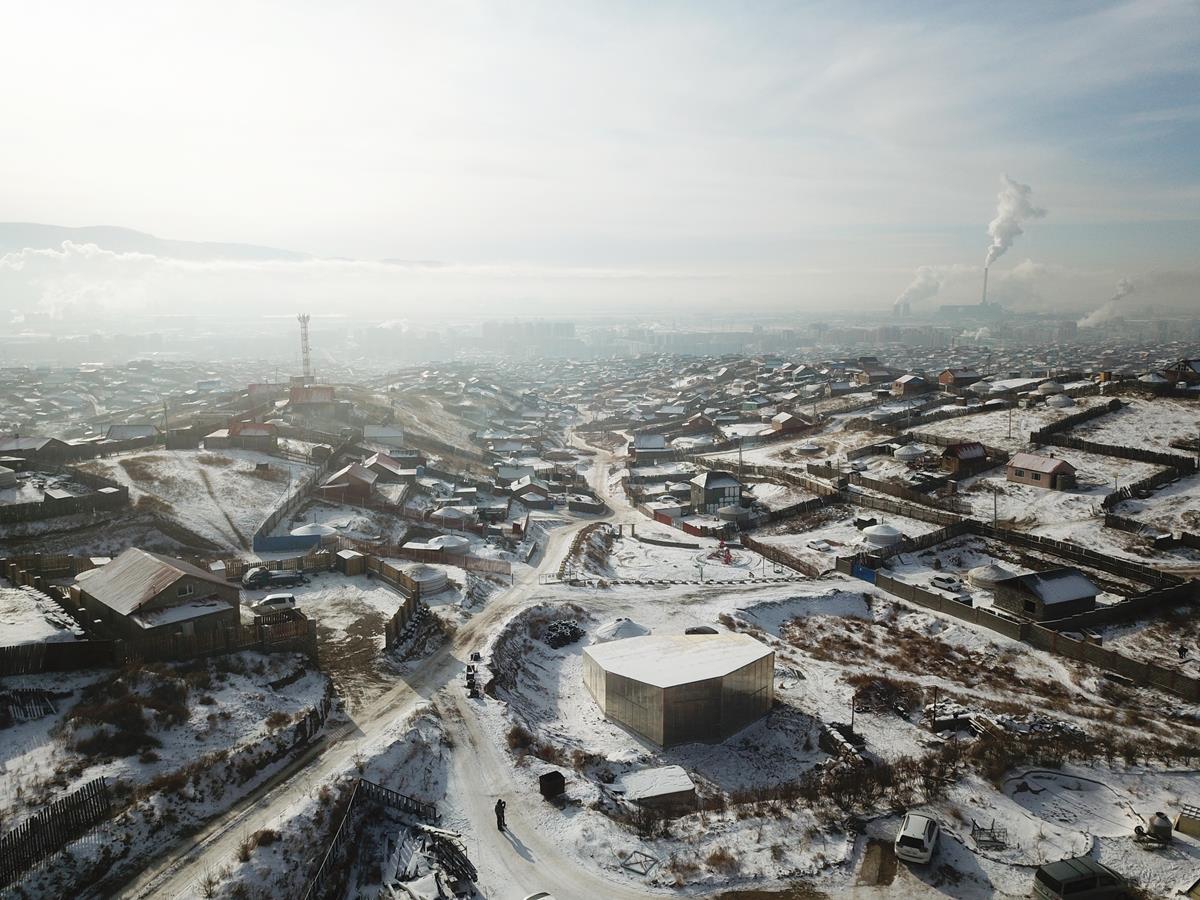
©城村架構/Rural Urban Framework
作品檔案2091
蒙古包創新中心Ger Innovation Hub
團隊/Team:香港大學城村架構/ Rural Urban Framework, University of Hong Kong
網絡/ Network:克利史東基金會/Curry Stone Foundation;議題 Issue:社區/ Community
編輯/Editing:Shannon Turlington;翻譯/Translation:陳盈棻/Ying-Fen Chen
蒙古包創新中心(Ger Innovation Hub)為生活在烏蘭巴托蒙古包地區的居民,提供社區極需的基本設施,它同時也是蒙古第一個沒有政府直接介入,由獨立機構贊助與管理的社區中心。由於蒙古傳統文化中沒有「社區」的字眼,此中心的設立即以培力居民社區意識為重要目標,加上社區社交空間有限,創新中心也提供了當地居民寒冬中,除了家裡另一個可以聚集的去處。建築物多層結構的設計靈感來自於當地的蒙古包,內層以泥磚築牆,外面再搭建聚碳酸酯材料的隔層,在冬季將輻射熱保留在兩層之間的緩衝區。
The Ger Innovation Hub provides much-needed community infrastructure to residents living in the ger districts of Ulaanbaatar, Mongolia. The project is the first of its kind: a community center that does not directly involve the government and is independently funded and managed. In a place with limited basic spaces and a culture that has no word for “community,” the project aims to enable residents to construct a community identity. The building offers an alternative place to go when, particularly in winter, residents are confined to their households. The building’s layered structure was inspired by the ger: an inner room of mud bricks surrounded by an outer layer of polycarbonate, creating a buffer space that traps radiant heat in the winter.
理念
都市化的過程,讓遊牧民族的居民面臨一連串新的挑戰,處理這些問題逐漸成為居民集體的任務。因此,這個計畫的目標,在於培力這些居民們去處理「共同生活」的議題,創造集體合作的新模式。在建築設計方面,此計畫也透過熱能效率的極大化與節能措施,來因應自然環境特別是天候的挑戰。
Cause
Nomadic residents are confronted with a new set of challenges as they move to the city and become urban. They encounter common problems that become the responsibility of a collective body of people. The project aims to enable residents to address what it means to live together and forge new methods of collaboration. The design also tackles environmental challenges that the climate presents by maximizing thermal efficiency and reducing energy consumption.
方法
這個案例的完成,有賴於每個階段參與者之間不同層次的合作。建築師與當地非營利組織Ecotown合作,進行家戶調查與社區參與工作坊,除了設計與經營方面的居民回饋之外,這個過程也提升了在地居民對整體計畫的認識,並鼓勵他們進一步思考自身需求和以及可以付出的貢獻。另外來自香港的建築系學生們,跟隨在地的木匠和社區成員,一同搭建桁架,對學生與社區居民來說,這些都是鼓勵他們積極參與計畫的培力過程。
Method
The layers of collaboration between stakeholders at each stage have enabled the implementation of the built project itself. The architects worked with Ecotown, a local NGO, to conduct household surveys and community-engagement workshops. Apart from gaining feedback on the design and operation of the hub, engagement brought awareness and encouraged residents to think more actively about what is happening, what they want, and what they can offer. Architecture students from Hong Kong built the trusses and raised the timber structure alongside local carpenters and members of the community. This has empowered both students and local residents to become active stakeholders in the project.
影響
此計畫所產生的影響不只是最後的成果,更是過程中的每個階段,包括藉由「知識交換」的方法,讓在地居民、贊助者、工地工人、非營利組織與環境專業者,得以參與在其中,創造社區改造的機會。最終,這個計畫打造了一個屬於蒙古包地區居民的基地,讓他們可以在此透過各自的經驗、專業與自信,來進行知識分享與交流,並著手處理與社區營造相關的問題。
Impact
The project has demonstrated a methodology that can deliver impact at different stages of its implementation, so that impact comes not only through the final product but also in the process itself. Introducing knowledge exchange at every step with stakeholders that include residents, funders, construction workers, NGOs, and environmental specialists significantly increases opportunities for change. The project set out to build a foundation of people who can approach the problem of community building in the ger districts with experience, expertise, and the confidence to share their knowledge with others.
提示
要成功打造出一個社區創新中心,首先要集結適任的工作團隊,包括與社區關係良好的關係人。在這個計畫中,Ecotown扮演了這個關鍵角色,在重要的時刻激勵居民,創造參與營造的機會,為居民帶來榮譽感與擁有感。不過,由於許多工人傾向在夏天的建築旺季去從事報酬優渥且具有保障的工地工作,相對之下「社區計畫」可能缺乏吸引力。
Takeaways
Forming the right team is crucial to the successful implementation of community innovation hubs. This requires stakeholders who have established good connections with the community. The involvement of Ecotown as a key stakeholder was essential as they were able to galvanize residents at key moments in the project. Creating the possibility for local residents to participate in the building process brings a sense of pride and ownership. However, it may be difficult to initiate engagement as many workers will take the best-paying and most secure jobs, especially during the summer construction period, and so working on a “community project” may be less attractive
(完整作品內容請參考《台灣建築》2022年6月號,Vol.321)

